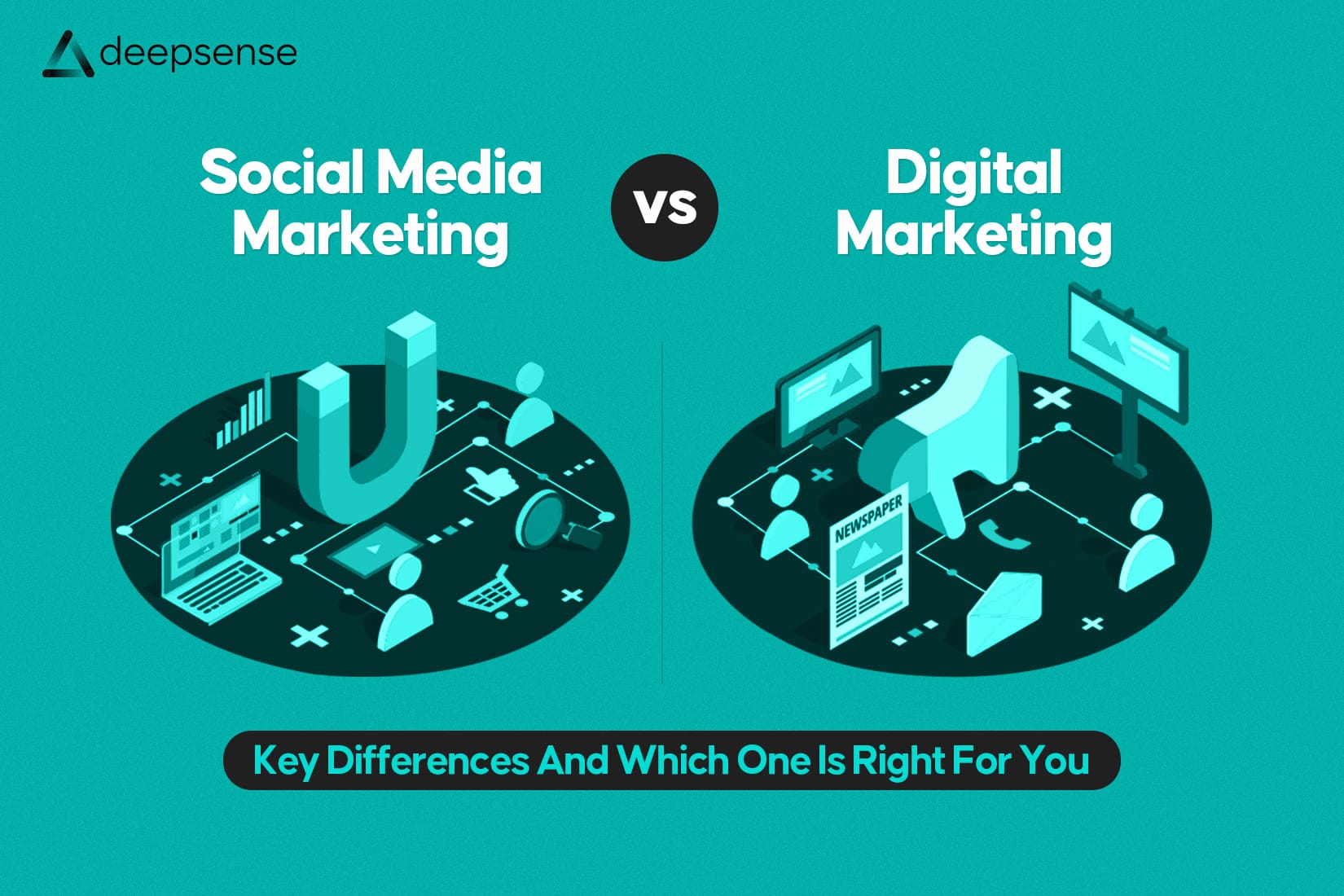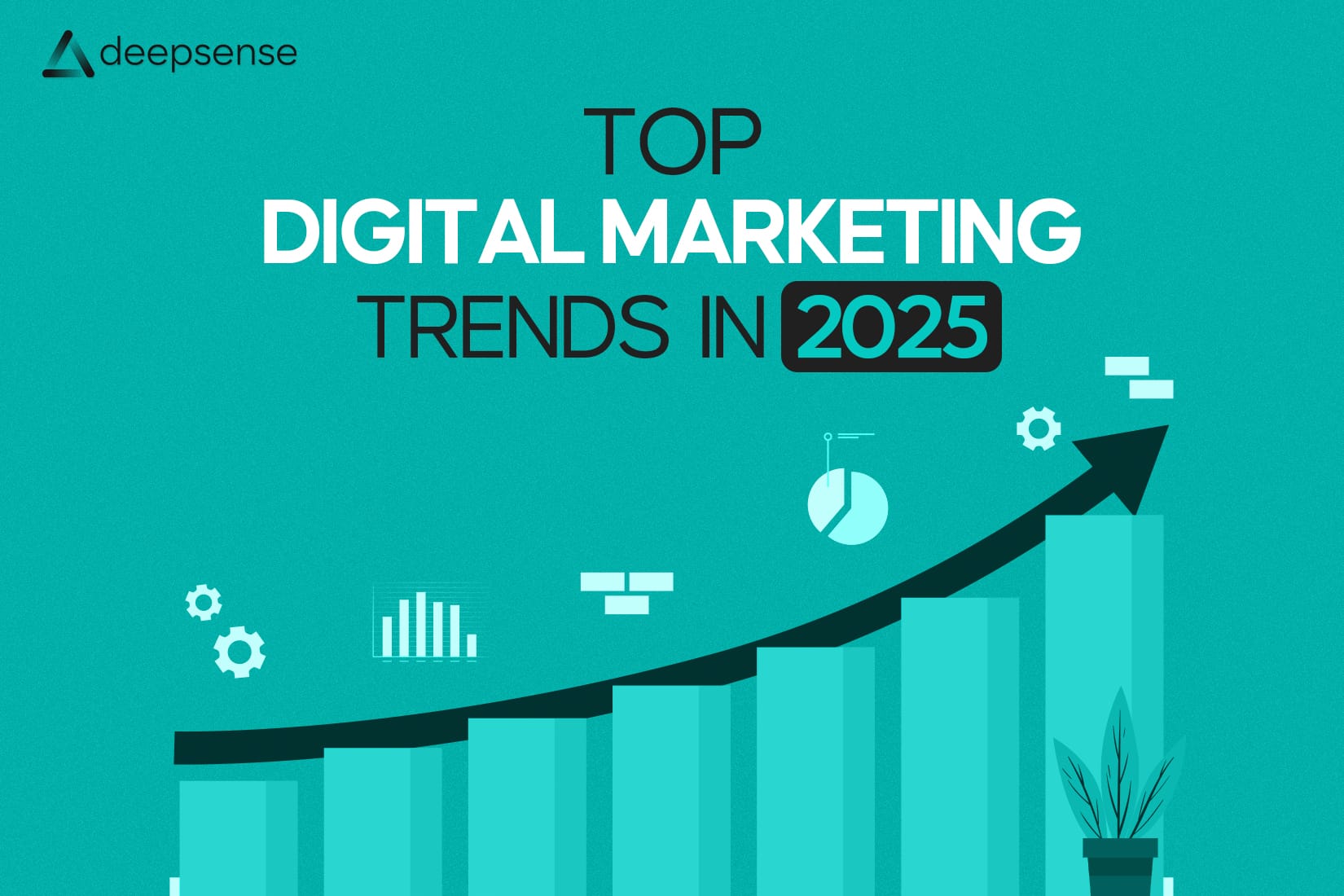If you’re in the digital marketing game—whether you’re a social media manager, SEO strategist, content creator, or a full-stack marketer—your portfolio is your golden ticket. It’s not just a collection of past work; it’s your stage, your spotlight, and your chance to say, “Hey, I know my stuff, and here’s proof.”
But here’s the thing: digital marketing portfolios aren’t like traditional resumes or design portfolios. They need to do more than show what you did—they need to demonstrate impact. Clients, recruiters, or agencies aren’t looking at your portfolio just to admire pretty campaigns; they want to know how those campaigns drove traffic, boosted sales, or created engagement.
So, let’s break down how you can craft a digital marketing portfolio that doesn’t just sit in a folder—but makes people say, “Wow, we need this person on our team.”
1. Start with a Powerful Personal Brand
Your portfolio should reflect you before it reflects your work. Think of it like your own mini marketing campaign. Ask yourself:
- What’s your niche? (SEO, social media, PPC, influencer marketing, email campaigns?)
- What’s your vibe? (Fun and conversational, sleek and professional, bold and experimental?)
For example, if you’re a TikTok marketer, your portfolio shouldn’t look stiff and corporate—it should feel vibrant, energetic, maybe even meme-inspired. If you’re an SEO specialist, the tone could be more data-driven with case studies, graphs, and audits that highlight your expertise.
💡 Pro Tip: Use a consistent color palette, fonts, and voice across your portfolio to show you understand branding—even when the brand is you.
2. Highlight Your Best Work, Not All Your Work
Here’s where most people mess up: they throw everything they’ve done into their portfolio. Wrong move.
Think of your portfolio like a restaurant menu—you don’t need 200 dishes, you need 10 that blow people’s minds.
- Showcase variety (SEO audit, social media campaign, blog content strategy, ad performance report).
- Prioritize quality over quantity (the project where you boosted leads by 200% is way more impressive than the one where you just scheduled Instagram posts).
- Include before and after snapshots (What was the problem? What did you do? What happened after?).
📊 Case Study Example:
“I took over an e-commerce brand’s Facebook Ads campaign that had a 0.8% CTR. After restructuring the audience segments and ad creatives, the CTR improved to 3.2% within 30 days, lowering CPA by 40%.”
See how much stronger that is than just saying, “Managed Facebook Ads.”
3. Show the Process, Not Just the Results
Numbers matter, but storytelling matters even more. Anyone can post a graph of impressions going up—but what really impresses recruiters is how you made it happen.
Break it down into 3 parts:
- Challenge – What problem was the brand facing?
- Approach – What strategy did you implement?
- Results – What measurable outcome did you achieve?
This way, your portfolio doesn’t just show that you “did something”—it shows that you’re a strategic thinker who can solve real problems.
4. Include Testimonials and References
Here’s the truth: you can toot your own horn all day, but nothing beats someone else saying, “This person is amazing to work with.”
Sprinkle in quotes from happy clients, managers, or team members. Even one or two short testimonials can dramatically boost credibility.
💬 Example:
“Working with Anjali was a game-changer. Her content strategy doubled our organic traffic in six months and completely redefined our brand’s online presence.” – CEO, Tech Startup
5. Keep It Data-Driven
Digital marketing is all about results. Your portfolio should scream: I don’t just make things look good—I make numbers move.
Add metrics wherever you can:
- Increased website traffic by 120%
- Boosted Instagram engagement rate from 1.5% to 5%
- Achieved 3x ROAS on Google Ads
- Grew email subscriber base by 10K in 3 months
Numbers don’t lie. And when hiring managers see them, they instantly know you’re not just about fluff—you’re about impact.
6. Mix Formats (Not Just PDFs!)
Static PDFs are fine, but digital marketers are expected to be digital-first. Show that you can think beyond a simple document.
Ideas:
- Website portfolio (use WordPress, Wix, or even Notion)
- Interactive case studies (embedded videos, GIFs, screenshots)
- Slide decks (clean and professional for quick presentations)
- Short video walkthroughs (you explaining a campaign adds personality and presence)
7. Add Personal Projects (If You’re Just Starting Out)
Don’t panic if you don’t have big brand names under your belt yet. Employers know everyone starts somewhere. Create your own projects to show your skills:
- Run a personal blog and optimize it for SEO.
- Create a mock social media campaign for your favorite brand.
- Build a small ad campaign with a minimal budget and track results.
- Help a local business with free/low-cost marketing to build case studies.
Sometimes, these passion projects stand out even more because they show initiative and creativity.
8. Keep Updating (Your Portfolio is Never Done)
Digital marketing moves fast, your portfolio should too. The campaign you ran three years ago is probably outdated today. Refresh your portfolio regularly with new wins, new strategies, and updated metrics.
Think of it as a living, breathing brand story of your career.
9. Make It Easy to Navigate
Imagine you’re a hiring manager with 50 portfolios to look at. You’re not going to dig through endless links and clutter. Keep things simple and scannable.
- Add a table of contents if it’s a PDF.
- Organize by categories (SEO, social, paid ads, content).
- Keep copy concise, let the visuals and results do the heavy lifting.
10. End With a Call to Action
Yes, even portfolios need a CTA. Don’t just leave people hanging at the end, tell them what to do next.
Examples:
- “Want to chat about how I can help your brand grow? Let’s connect!”
- “Here’s my email, drop me a line if you’d like to collaborate.”
- “Check out my LinkedIn for more case studies and client testimonials.”
It’s marketing 101: guide your audience to the next step.
Final Thoughts
An amazing digital marketing portfolio isn’t just about showcasing skills, it’s about positioning yourself as a problem-solver who drives results. It should reflect your personality, your expertise, and most importantly, your impact.
Remember: recruiters and clients are looking for evidence, not fluff. So, tell stories, show numbers, and make it easy for them to say: “This is the marketer we’ve been searching for.”
And here’s the secret: the process of building your portfolio is itself a marketing exercise. The better you market yourself here, the more likely you are to land gigs where you get to market for others.
So, are you ready to create yours?
FAQs
1. Why do I need a digital marketing portfolio if I already have a resume?
A resume lists your skills and experience, but a portfolio shows what you can do. Employers and clients want proof; campaign screenshots, metrics, content samples, that demonstrates results, not just claims.
2. What should I include in my digital marketing portfolio?
Your portfolio should feature:
- Case studies of past campaigns
- Content samples (blogs, ads, social posts, videos, graphics)
- Analytics reports with measurable results
- Certifications & tools you know (Google Ads, Meta Ads, HubSpot, etc.)
- A personal “About Me” and your digital marketing story
3. Do I need a website for my portfolio?
Not necessarily, but having a personal website adds professionalism and gives you control over how you showcase your work. If that’s not feasible, platforms like Behance, Dribbble, Wix, or even LinkedIn can serve as portfolio spaces.
4. Should I show failed campaigns in my portfolio?
Yes, if you frame them as learning experiences. Employers value resilience and problem-solving. Show what went wrong, how you fixed it, and what you learned.
5. How do I present social media campaigns in my portfolio?
Include:
- Before & after stats (growth in followers, reach, engagement rates)
- Screenshots of high-performing posts
- Any creative strategies you used (hashtags, reels, influencer collabs, etc.)
6. How do I showcase SEO or Google Ads work?
For SEO: Show keyword rankings, traffic growth charts, and improved domain authority.
For Google Ads: Display CTR (Click-through rate), CPC (Cost per click), ROAS (Return on ad spend), and conversions achieved.
7. What if I don’t have real-world client experience yet?
You can:
- Do mock campaigns
- Run small ad experiments with your own budget
- Contribute to non-profits or personal projects
- Showcase university or certification projects (Google Garage, HubSpot Academy, etc.)
8. How do I make my portfolio stand out from others?
Add a personal brand touch, use storytelling, design it with creativity, include testimonials, and add a short video introducing yourself. Employers love portfolios that feel human, not just a PDF full of charts.
9. Should I keep updating my portfolio?
Absolutely. A digital marketing portfolio is a living document. Update it every 6–12 months with fresh campaigns, certifications, and skills.
10. Can I use Canva, Notion, or other free tools to build my portfolio?
Yes! Many marketers use Canva for design, Notion for interactive portfolios, and Google Drive for organized case studies. A full-blown website isn’t always required, clarity and presentation matter more.











